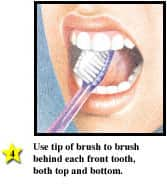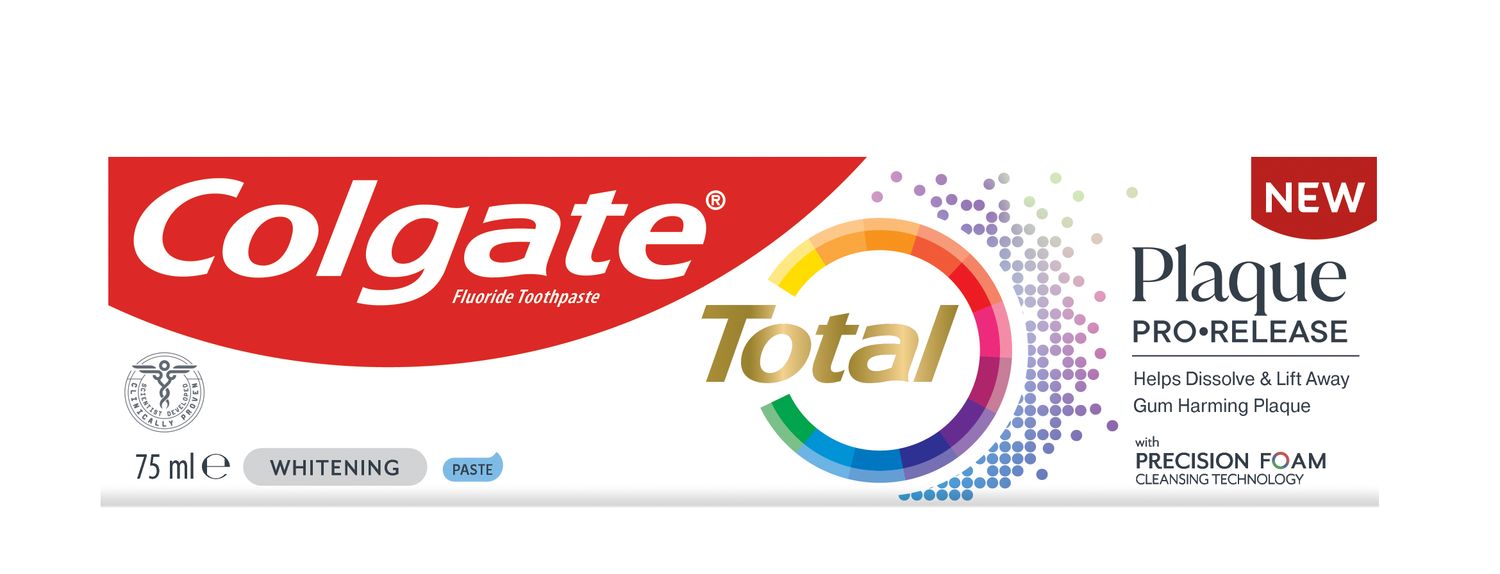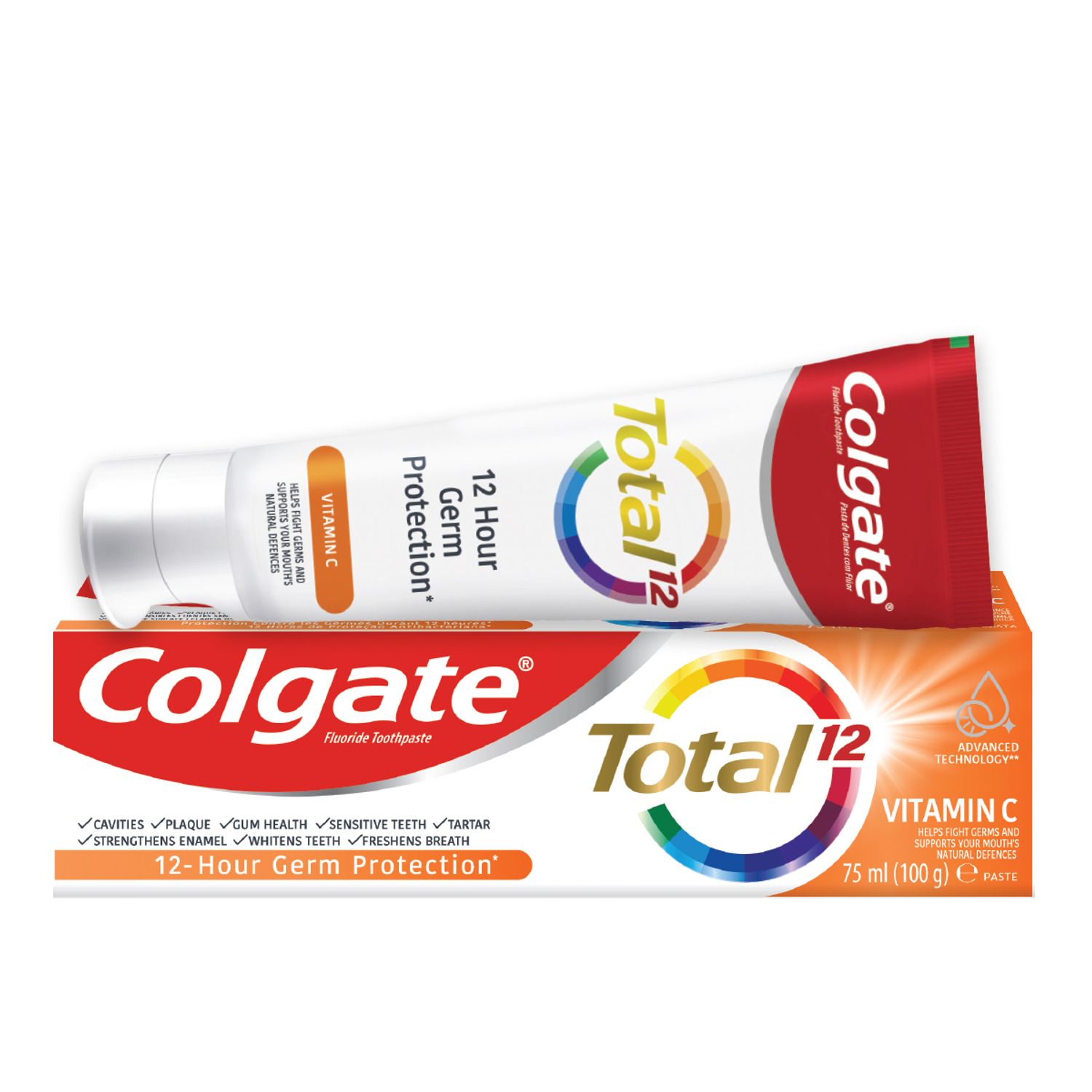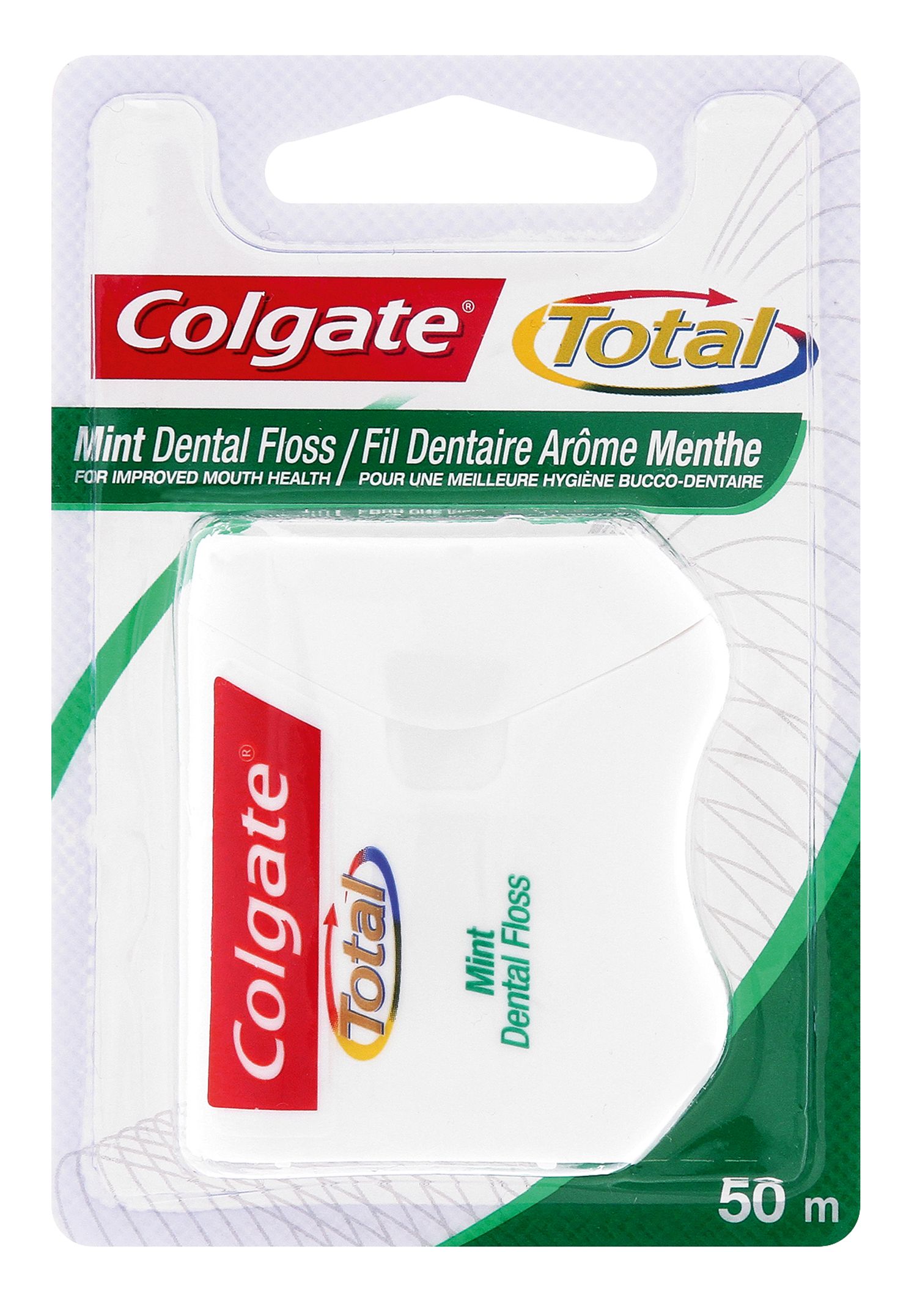Brush at least twice a day with a fluoride toothpaste, especially after eating breakfast and before bedtime.
Floss every day.
Limit the number of times you eat snacks each day.
Visit your dentist regularly.
It's easy to guide your family toward good oral health. All it takes is the right information and a little practice to keep them moving in the right direction!
 |  |
 |  |
 | |
 |  |
Fluoride is the best cavity fighter you can find as you guide your family to a lifetime of bright smiles! It keeps the whole family's teeth strong — no matter what their ages.
How fluoride works
Every day, the enamel on teeth is attacked by acids produced in dental plaque. These acids can make teeth weaker, and can result in decay.
That's where fluoride comes in. When it reaches your teeth, fluoride is absorbed into the enamel. It helps to repair the enamel and prevent tooth decay. It can even help stop the decay process.
How to get fluoride
You can get the benefits of fluoride from different places. It can work from the outside of your teeth, and from the inside of your body. To work the best, you need to get it both ways! At home, you and your family should brush with fluoride toothpaste at least twice a day, especially after eating breakfast and before bedtime.
How fluoride works
Every day, the enamel on teeth is attacked by acids produced in dental plaque. These acids can make teeth weaker, and can result in decay.
That's where fluoride comes in. When it reaches your teeth, fluoride is absorbed into the enamel. It helps to repair the enamel and prevent tooth decay. It can even help stop the decay process.
How to get fluoride
You can get the benefits of fluoride from different places. It can work from the outside of your teeth, and from the inside of your body. To work the best, you need to get it both ways! At home, you and your family should brush with fluoride toothpaste at least twice a day, especially after eating breakfast and before bedtime.
Snacking and tooth decay
If fluoride is our greatest protection against decay, then frequent snacking can be our teeth's biggest enemy. Every day, you and your family face snacking challenges. Here's what you need to know:
The truth is that what your family eats isn't as important as when and how often they snack! It all has to do with the "plaque reaction," and this is how it works:
The plaque reaction
Everyone has plaque bacteria in their mouths. But when these plaque bacteria meet up with the sugars and starches that are found in snacks such as cookies, candies, dried fruits, soft drinks or even pretzels or potato chips, the plaque reacts to create acid, and a "plaque attack" occurs.
The fact is, most snacks that you eat contain either sugars or starches that give plaque this opportunity to make acid. And each "plaque attack" can last for up to 20 minutes after you have finished your snack. During this period, the plaque acid is attacking tooth enamel, making it weak. That's when cavities can start!
Fighting back against plaque
The good news is, you can take a stand against plaque! By brushing twice daily with a fluoride toothpaste and by reducing the number of times you snack each day, you and your family can help prevent tooth decay.
When it comes to snacking, it's best to choose something nutritious and to snack in moderation. It's also better to eat the whole snack at one time! Here's why: eating five pieces of a snack at one time exposes your teeth to possible tooth decay — for approximately 20 minutes. Nibbling on those same five pieces at five different times exposes your teeth to possible tooth decay for approximately 100 minutes. What a difference!
You need to watch baby's sweets, too!
Infants are just as susceptible to decay as older children and adults. In fact, Early Childhood Cavities can be a very serious condition. See The Preventing Early Childhood Cavities section below for more information.
The dental checkup
The dentist is your family's partner on the Bright Smiles pathway. Be sure to schedule regular dental appointments for the whole family. A child's first visit should take place before his or her third birthday.
Dental checkups early in a child's life allow children to have a positive dental health experience.
TIP: Take your young toddler with you to your own appointment first. That way, the dental office becomes a familiar place.
Fluoride treatments:
Your dentist may treat your child's teeth with extra fluoride in the form of a gel to make teeth stronger. This gel goes in a tray that fits into the mouth that children wear for a few minutes to let the fluoride sink into their teeth. It comes in neat flavors for kids!
Dental sealants:
These are thin, protective plastic coatings applied by the dentist to the permanent back teeth (molars). They fill in the grooves on the chewing surfaces of the teeth where foods and bacteria can get stuck and cause cavities. Once applied, sealants can last for several years.
X-rays: These "pictures" show the dentist what's going on inside the teeth and beneath the gum line. During the X-ray, your child will wear a lead apron to prevent unnecessary exposure.
Preventing early childhood cavities
(sometimes known as Baby Bottle Tooth Decay)
Early Childhood Cavities is a childhood disease that can be prevented. The following steps can help guard your baby against this painful condition – and ask your dentist or physician for more information.
It's best not to put a bottle in bed with your baby. But if you must put a bottle in bed with your baby, put only plain water in it. Any liquid except water, even milk and juice, can cause cavities
You can use a bottle to feed your baby at regular feeding times, but allowing the bottle to be used as a pacifier can be a major cause of cavities.
- Hold your baby while feeding him/her. If your baby falls asleep, remove the bottle and put him/her in bed.
- Avoid putting your baby to sleep with a bottle.
- Avoid letting your toddler walk around with a bottle.
Copyright © 2002, 2003 Colgate-Palmolive Company. All rights reserved.
11/15/2010













